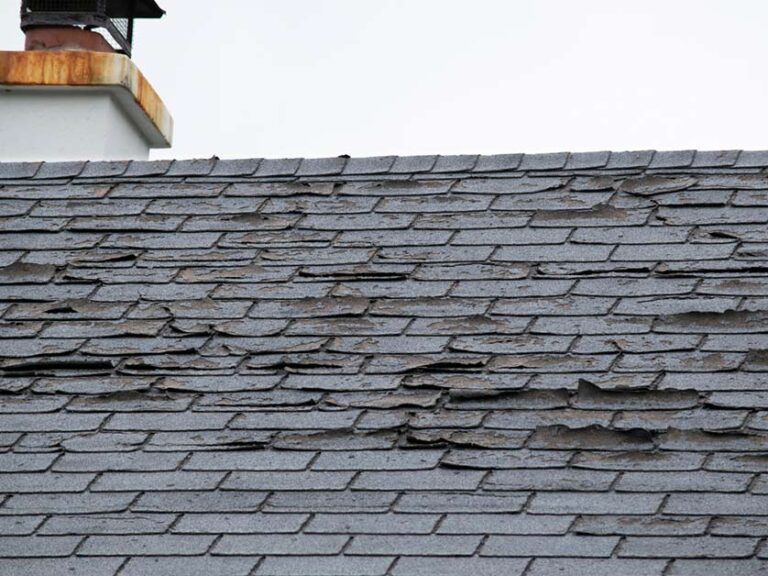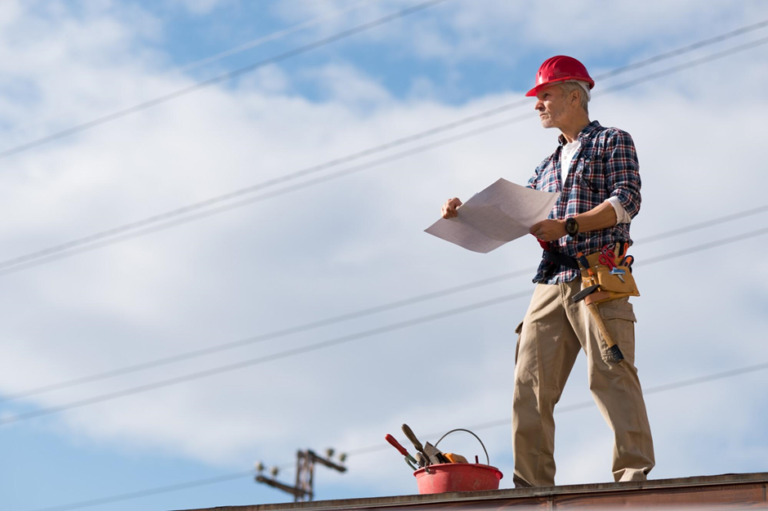The Role of Earthquake Retrofitting Contractors in Disaster Preparedness
Table of Contents
- Introduction to Earthquake Retrofitting
- Why Retrofitting Is Crucial for Building Safety
- The Expertise of Earthquake Retrofitting Contractors
- Steps Involved in the Retrofitting Process
- How Retrofitting Adds Value
- Common Challenges Faced in Retrofitting
- Real-Life Success Stories
- Future Developments in Retrofitting Technology
Introduction to Earthquake Retrofitting
In regions prone to seismic activity, the stability and resilience of structures stand as a pivotal concern. Seismic retrofitting is a highly specialized process aimed at bolstering the strength and integrity of existing buildings to withstand earthquakes more effectively. At the heart of this process is the earthquake retrofitting contractor, whose expertise is fundamental in the journey towards safer, more resilient structures. The nature of their work necessitates a combination of technical knowledge, strategic foresight, and meticulous implementation to guarantee that structures can withstand the vibrations generated by seismic occurrences without experiencing significant harm.
Understanding these contractors’ roles and processes is crucial for property owners and city planners. Given the unpredictability and potential devastation wrought by earthquakes, investing in retrofitting is not merely about compliance or aesthetics but about safeguarding lives and assets. As we navigate the intricacies of seismic retrofitting, it becomes evident that this work is a cornerstone of comprehensive disaster preparedness strategies.
Why Retrofitting Is Crucial for Building Safety
The adage “an ounce of prevention is worth a pound of cure” is especially relevant to seismic retrofitting. Retrofitting is an investment in safety that pays dividends during an earthquake, significantly reducing the risk of catastrophic failure. Recent studies, including data from the U.S. Geological Survey, have shown that buildings fortified via retrofitting demonstrate a substantial decrease in the likelihood of severe structural damage during seismic activities. This not only protects the building occupants but also minimizes repair costs post-disaster.
Seismic retrofitting involves robust techniques that ensure the building can absorb and resist seismic forces. These include adding steel braces and shear walls and using advanced materials that enhance flexibility and strength. As an essential part of urban planning in earthquake-prone areas, retrofitting contributes to the community’s overall resilience. It is a proactive measure that echoes the increasing need for sustainable and safe architectural practices.
Read more : The Struggles of Veterans in the Housing Market
The Expertise of Earthquake Retrofitting Contractors
Retrofitting is a science as much as an art, and the contractors who specialize in this field are highly skilled professionals. They must command a comprehensive understanding of architectural engineering and significant insights into the behaviors of seismic forces. A contractor’s role begins with thorough building structure audits and identifying vulnerabilities that could compromise integrity during an earthquake. After the initial assessments, these experts devise tailored solutions that address these weak points.
This expertise extends beyond theoretical knowledge. Contractors stay informed about the latest advancements in materials and seismic response strategies. They draft designs that conform to current codes while incorporating proven methods to enhance a structure’s seismic resilience. Every retrofit is unique, demanding custom strategies for each building’s specific characteristics.
Steps Involved in the Retrofitting Process
- Assessment: The initial phase involves a comprehensive evaluation of the building. To identify vulnerabilities, contractors thoroughly examine the foundation, framework, and structural components.
- Design Planning: Armed with assessment results, engineers create a detailed plan outlining the necessary adjustments. This phase is crucial, determining which retrofitting techniques best reinforce the building’s unique needs.
- Permits and Approvals: Acquiring the required licenses and approvals follows the planning stage. Contractors ensure that all retrofitting plans align with local regulations and safety standards, protecting the project from legal setbacks.
- Implementation: This is where planning turns into action. Contractors apply various techniques, such as bolting the foundation, adding steel braces, and installing shear walls to enhance structural integrity.
- Final Inspection: The retrofitting process is concluded with a rigorous inspection, which ensures that all enhancements comply with regulatory standards and that the building is prepared to withstand seismic events.
How Retrofitting Adds Value
While the primary aim of retrofitting is safety, the benefits extend far beyond this. Retrofitting enhances the market value of properties, making them more attractive to potential buyers. This is partly due to reduced insurance premiums and an increase in the perceived safety and longevity of the building, as noted in FEMA guidelines. Retrofitted buildings often appeal to those conscious of long-term sustainability, presenting a blend of safety and energy efficiency that modern buyers seek.
Reducing potential damage and liability also significantly motivates property owners. Knowing a building is fortified against earthquakes offers invaluable confidence, offering peace of mind for occupants and investors alike. Over time, these buildings represent a more substantial return on investment, ensuring they remain beneficial assets in a property portfolio.
Common Challenges Faced in Retrofitting
Despite its benefits, the path to a retrofitted building is not free of challenges. Budgets often present a significant concern, with the costs of materials and specialized labor adding up. Furthermore, retrofitting projects must navigate the complexities of working within existing structures, particularly in older buildings where historical value must be preserved.
Time management is another consideration, as retrofitting can be a lengthy process that demands precision while minimizing disruptions. Experienced contractors, however, bring innovative solutions to these challenges. They leverage their expertise to streamline processes and reduce overall expenses without compromising the integrity of the retrofit project.
Real-Life Success Stories
Success in retrofitting is vividly evident in projects such as those undertaken in San Francisco. As a city in a highly seismic zone, San Francisco has launched comprehensive retrofitting initiatives targeting residential and landmark buildings. These projects have substantially improved the city’s readiness to handle potential seismic events, turning once-vulnerable structures into examples of safety and resilience.
These case studies underscore the significance and efficacy of retrofitting, offering concrete proof of its worth. They also serve as models for other cities worldwide, demonstrating how investment in retrofitting today can yield significant safety benefits for years.
Future Developments in Retrofitting Technology
Advancements in construction technology continue to revolutionize retrofitting methods, promising even better results shortly. Upcoming innovations, such as innovative materials that adjust their properties in response to seismic activity, offer remarkable potential for more responsive and efficient retrofits. Enhanced modeling software also aids contractors in designing more precise and effective retrofitting plans, ensuring buildings are better prepared than ever.
As research progresses, these technologies are expected to become more accessible, making it feasible for a broader range of buildings to benefit from these advanced techniques. This represents an exciting future where the combination of advanced technology and expert craftsmanship offers unparalleled seismic protection for structures worldwide.







